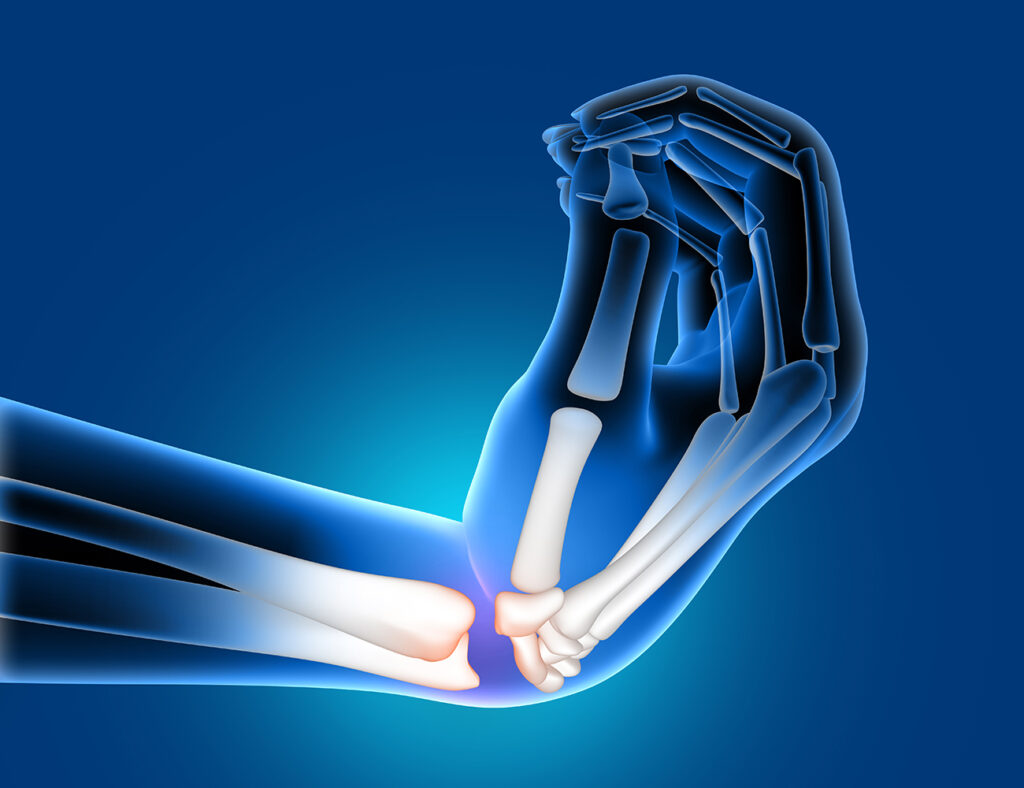For more information on how we can help you, schedule an appointment with one of our specialists
Learn more about the scientific basis of our work at Novastem here.
Amyotrophic lateral sclerosis, or ALS, is a disease of the nervous system that attacks nerve cells (neurons) in the brain and spinal cord. These nerve cells transmit messages from the brain and spinal cord to voluntary muscles, the ones you can control, such as those in your arms and legs. At first, it causes mild muscle problems. Some people notice problems with:

Sooner or later, the person loses strength and cannot move. When chest muscles begin to fail, breathing becomes difficult. Using a breathing machine may help, but most people with this disease die of respiratory failure.
The disease usually strikes between the ages of 40 and 60 and is more common among men than women. The cause of the disease is not known. It may be part of a family trend, but it usually occurs randomly. There is no cure. Medications can relieve symptoms and sometimes prolong survival.
ALS is also known as Lou Gehrig’s disease.
Novastem uses stem cell treatments for ALS patients. For more information on how we can help you, schedule an appointment with one of our specialists.
The signs and symptoms of ALS vary greatly from person to person, depending on which neurons are affected. It usually begins with muscle weakness that spreads and worsens over time. These are some of the possible signs and symptoms:
Amyotrophic lateral sclerosis (ALS) often begins in the hands, feet, or limbs and then spreads to other parts of the body. As the disease progresses and neurons are destroyed, muscles weaken. Over time, this affects chewing, swallowing, speech and breathing.
There is usually no pain in the early stages of ALS, and pain is uncommon in the advanced stages. ALS does not usually affect bladder control or the senses.
One in 10 cases of ALS is due to a genetic defect. The cause is unknown in most other cases.
In ALS, motor nerve cells (neurons) wear out or die and can no longer send messages to the muscles. Over time, this leads to muscle weakness, spasms, and inability to move the arms, legs, and body. The condition slowly gets worse. When the muscles in the chest area stop working, breathing becomes difficult or impossible.
ALS affects approximately 5 out of every 100,000 people worldwide.
Having a family member with an inherited form of the disease is a risk factor for ALS. Other risks include service in the armed forces. The reasons for this are not clear, but it may have to do with environmental exposure to toxins.
Symptoms usually do not occur until after age 50, but may begin in younger people. People with this condition have a loss of muscle strength and coordination that worsens over time and makes it impossible to perform routine activities, such as climbing stairs, getting out of a chair, or swallowing.
Weakness may first affect the arms or legs, or the ability to breathe or swallow. As the disease worsens, more muscle groups develop problems.
ALS does not affect the senses (sight, smell, taste, hearing, and touch). Most people are able to think as they normally do, although a small number have dementia, which causes problems with memory.
Muscle weakness starts in one part of the body, such as the arm or hand, and slowly worsens until it leads to the following:
Other findings include:
For more information on how we can help you, schedule an appointment with one of our specialists.
Treatments can’t reverse the damage of ALS, but they can slow the progression of symptoms, prevent complications and make you more comfortable and independent.
You may need an integrated team of physicians trained in many areas and other health care professionals to provide your care. This could prolong your survival and improve your quality of life.
Your team will help you select the treatments that are right for you. You have the right to choose or refuse any of the suggested treatments.
The Food and Drug Administration has approved two drugs for the treatment of ALS:
This drug, which is administered orally, has been shown to increase life expectancy by 3 to 6 months. It can cause side effects such as dizziness, gastrointestinal complaints and changes in liver function. Your doctor will monitor your blood counts and liver function while you are taking the drug.
This drug, which is given by intravenous infusion, has been shown to reduce the decline in daily functioning. Its effect on life span is not yet known. Side effects may include bruising, headache and shortness of breath. This medication is given daily for two weeks per month.
Your doctor may also prescribe medications to relieve other symptoms, such as the following:
Stem cell treatment aims to provide new motor neurons, which may help stop or slow the progression of the disease in ALS patients.
Over the years, numerous attempts have been made to discover medical and non-medical treatment options for this condition. In some cases, medical treatments have led to increased survival and improved quality of life, and options for non-medical therapeutics have emerged.
Novastem’s goal with our treatments is to reverse the lack of functionality, eliminating pain and allowing you to enjoy 100% of daily activities and life again.
Novastem has the strictest acceptance protocols to treat a patient, we perform laboratory studies before each therapy.
Abati, E., Bresolin, N., Comi, G., & Corti, S. (2019). Advances, Challenges, and Perspectives in Translational Stem Cell Therapy for Amyotrophic Lateral Sclerosis. Molecular neurobiology, 56(10), 6703–6715. https://doi.org/10.1007/s12035-019-1554-x
Learn more about the scientific basis of our work at Novastem here.
REQUEST YOUR MEDICAL
TELEMEDICINE
CONSULTATION
Estimated Time: 30 mins | Consult Fee: $55 USD